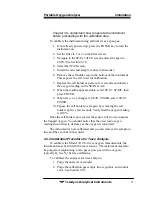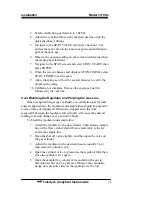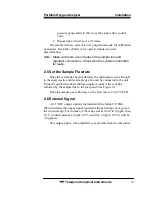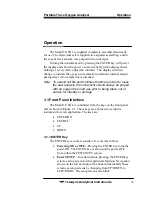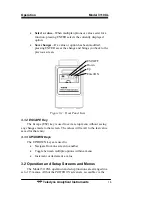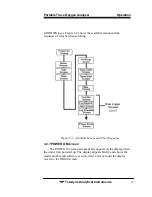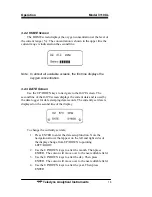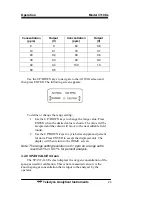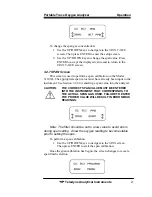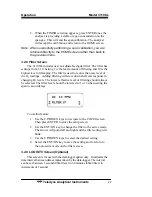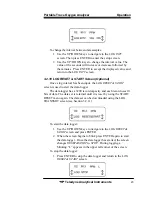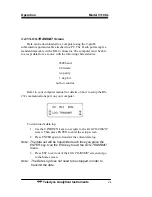
Portable Oxygen Analyzer
Installation
Teledyne Analytical Instruments
9
PERMEABLE TO OXYGEN AND, IF USED IN THE
SAMPLING SYSTEM, WILL LEAD TO HIGH OXYGEN
READINGS.
The instrument is shipped with a gas sampling and calibration kit.
This includes a 12” piece of clear tubing with a quick disconnect line for
use as a sample return or vent line plus two quick disconnect fittings to
be installed on the sample and calibration lines. These fittings employ
1/4” tube fittings which can be removed to reveal a 1/8” NPT internal
thread.
It is important in trace analysis applications to use metal for all
wetted components of the sample system. This includes gas lines, filters,
pump housing, diaphragms and any components in contact with the
sample gas. Plastic tubing and parts can be used for percent analysis but
will result in slow and inaccurate measurements at the ppm level.
There are two quick disconnect fittings installed on the rear panel
for mating the instrument with the sample or calibration gas and the vent
line. As shown in Figure 2-1, each fitting has a button which when
depressed allows the rapid detachment of the gas line from the
instrument. It is not necessary to press the button when inserting the
line, just push the male fitting into the mating connector. When a line is
removed, an internal seal prevents gas escape from the female sections
of the fitting.
Note: To avoid pressurizing the sensor, the vent line should be
installed first and removed last.
In setting up the sample lines, any valves used to set the sample
flow or filters must be located on the Sample In line. Do not place any
valves or restrictions on the vent line except as noted above for
atmospheric pressure sampling when using a downstream pump. Doing
so would increase the sensor operating pressure and result in inaccurate
analysis.
For percent measurement applications, flowmeters or rotameters
(with or without control valves) can be placed upstream of the analyzer,
i.e. on the Sample In line.
2.3 Sensor Installation
The Model 3110XL can accept various trace oxygen sensors. For
most applications the A2-C or B-2C is used. Others are available. See
page iii for the specific sensor shipped with your instrument. The
installation procedure is similar for either sensor.

















